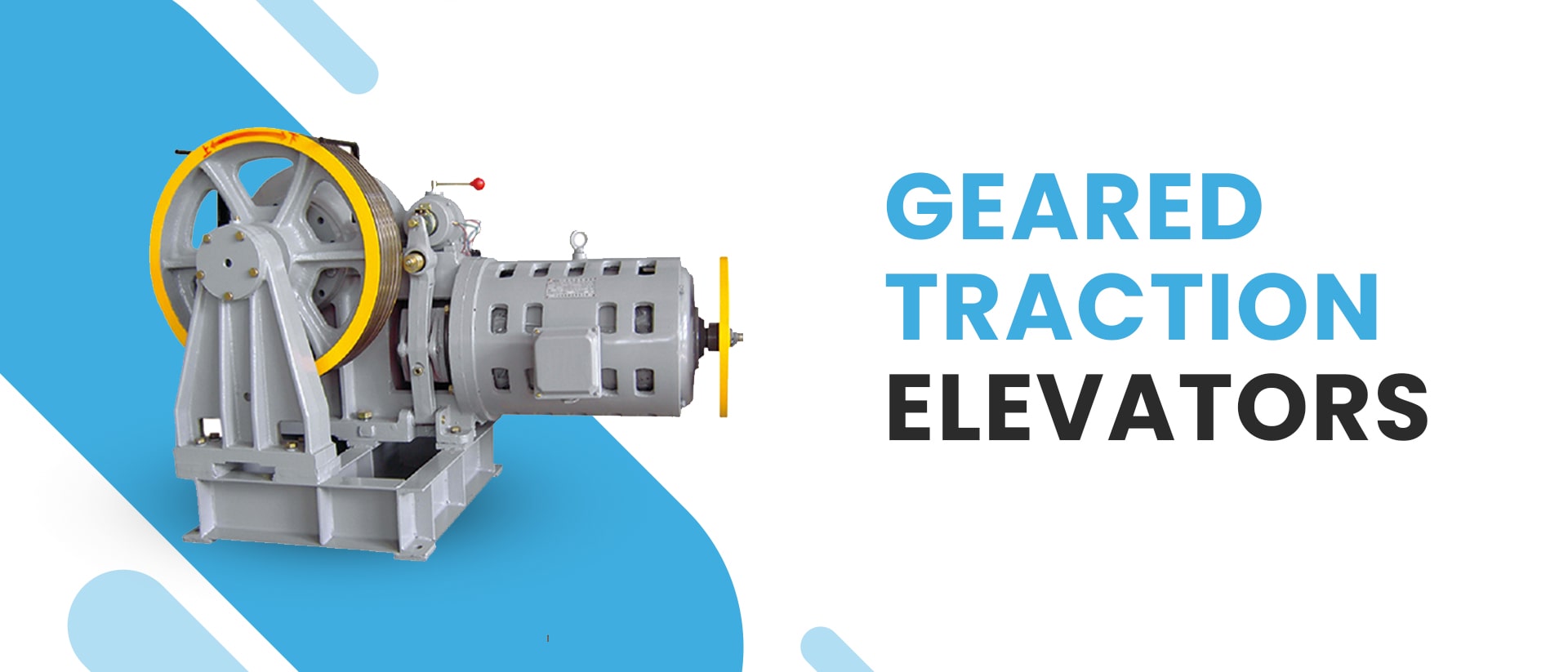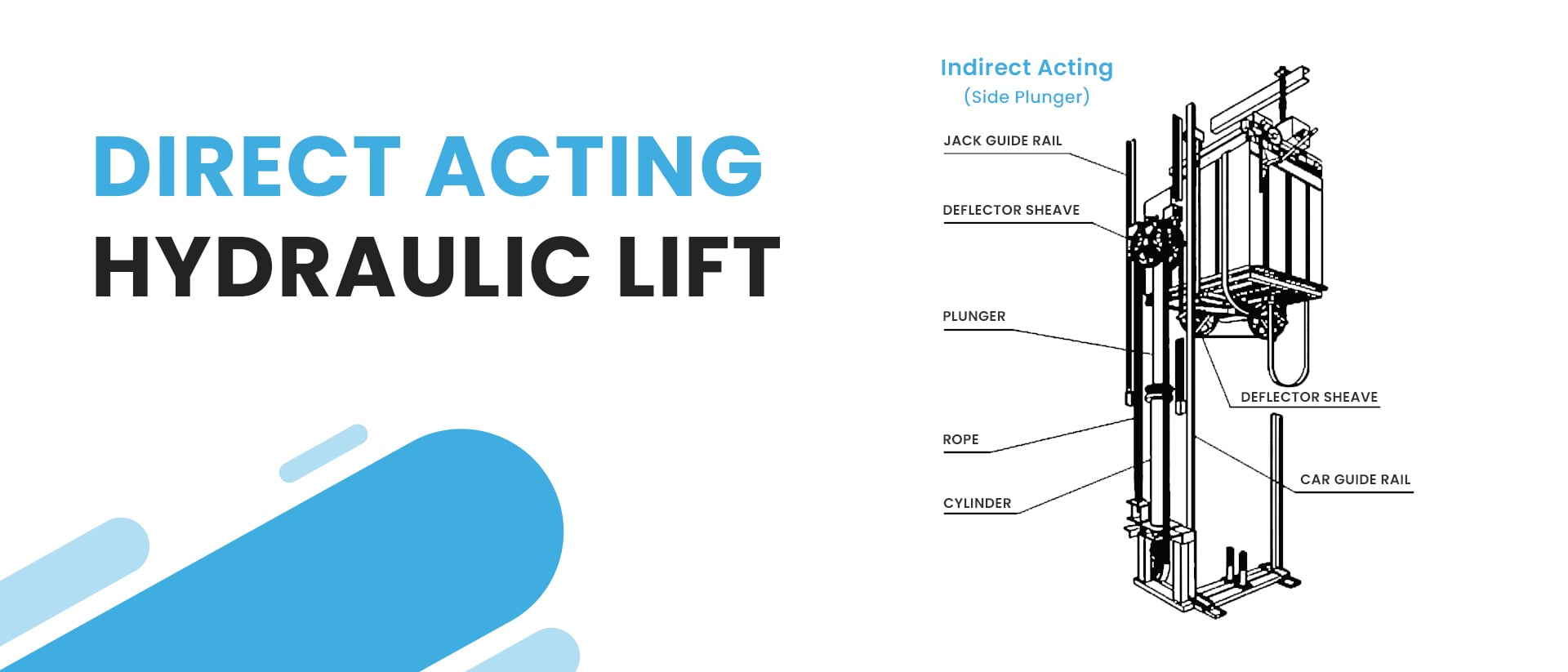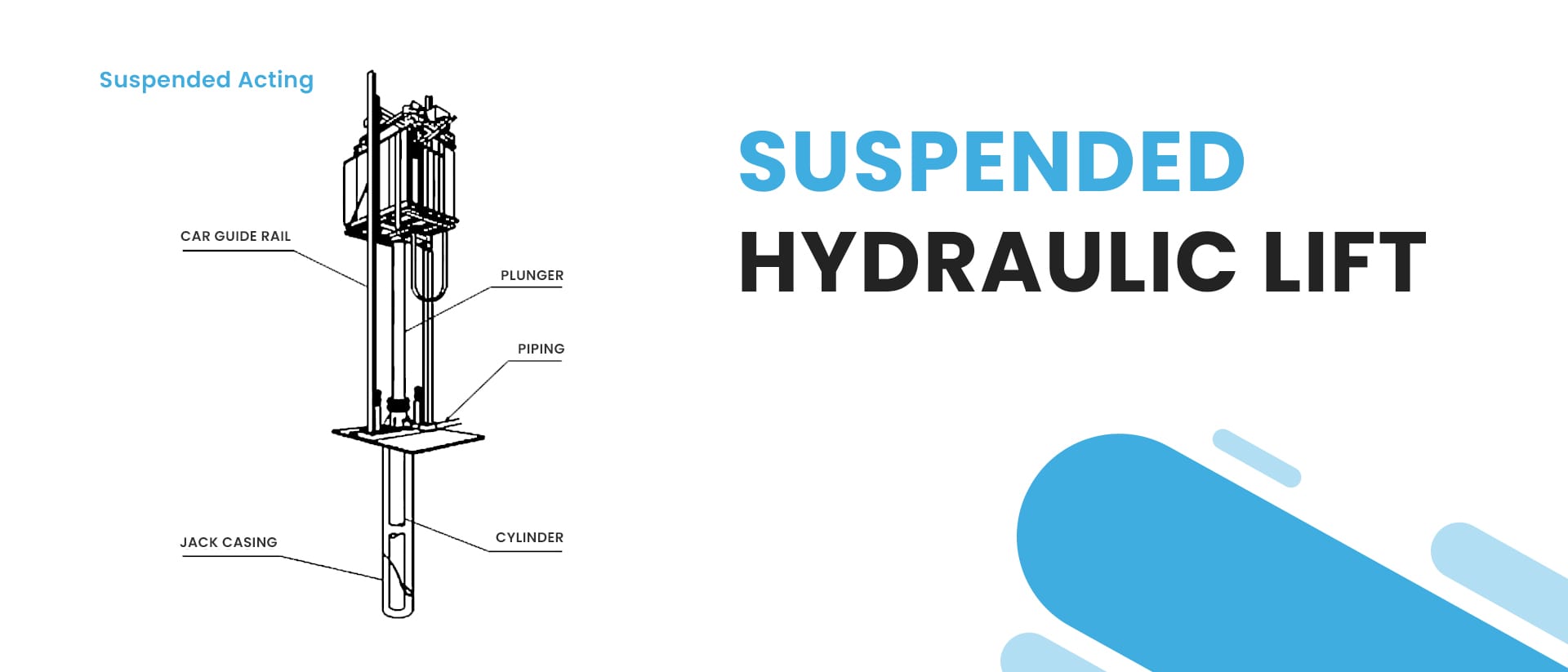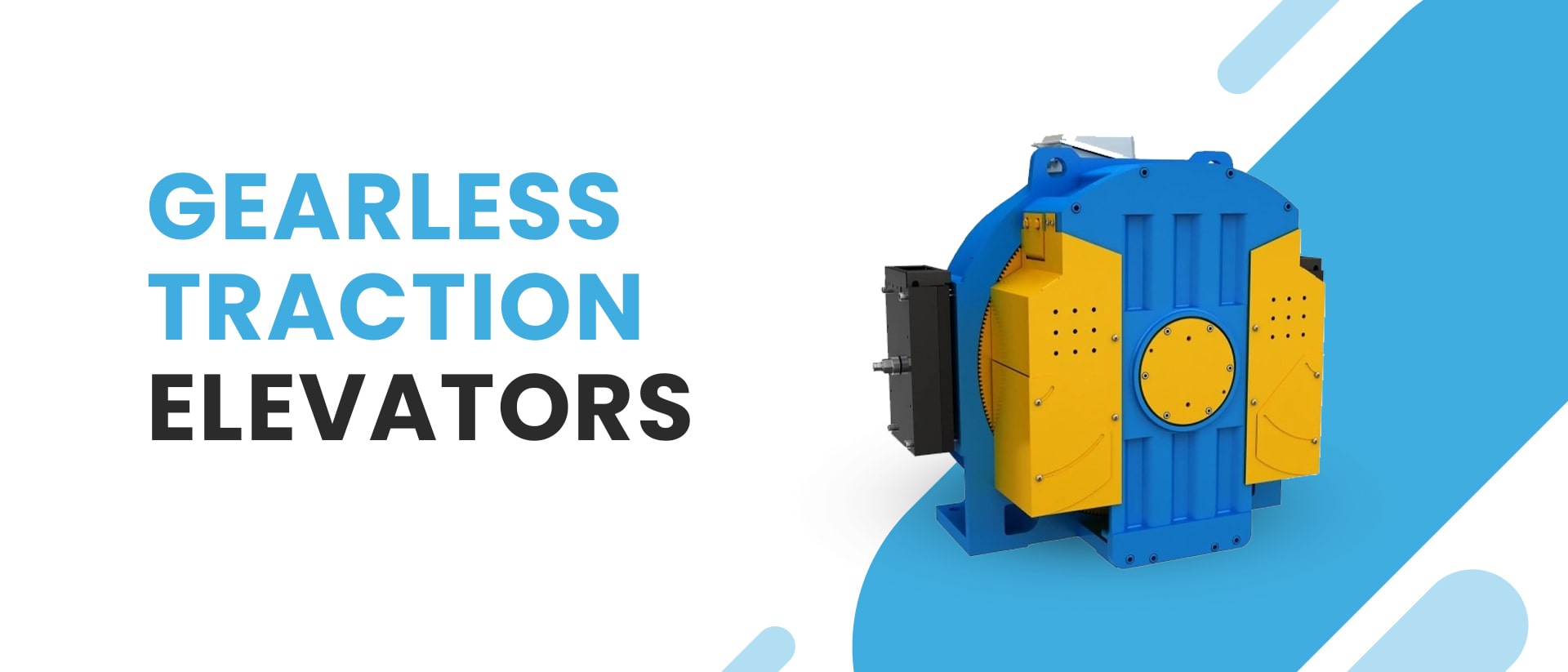Innovation and technology have been making life easier as days go by. A challenge that many crowded cities, garages and automobile workshops have been facing is the space to park cars or the ability to work on them comfortably. One such innovation is the Automobile Elevator. This article will help you with everything you need to know about automobile elevators.
Automobile lifts have been used for various purposes like:
- To move vehicles in condominiums, vehicle showrooms, garages, houses and compact spaces that lack adequate parking spaces
- Car lifts are used in tower storage alternatives in crowded cities and high-density places.
Classification of Automobile Elevator
Car lifts can be classified into different types depending on their function and capacities.
-
Hydraulic Automobile Elevators
Hydraulic elevators can have 2.2-5 W power units and are mostly preferred as are more efficient. They work on the basis of Pascal Theory where the liquid is discharged into a non-deformable structure. As the pressure increases, the movable stage begins to move in the direction of stress.
In a hydraulic lift, an actuator piston is present which exerts smaller stress in the place where the inlet pressure is exerted. This provides a large stroke with small stress and enables the lifting of heavy machinery.
Hydraulic car elevators are the most predominantly used elevators for various purposes for their sustainability and efficiency. It can be designed to be controlled either manually or automatically. It is allocated to several points and systems in a piece of machinery with the help of a network of hoses and tubes.
Hydraulic Elevators are generally of two types:
Direct Acting Hydraulic Lift
The direct hydraulic lift operates on the principle where the stroke of the ram is equal to the lift of the cage. The entire set-up is installed in the wall or floor and a piston or sliding ram moves in and out of it as pressure is applied to it. The cage which carries the load is fixed on top of the sliding ram which is fixed to a cylinder that moves in the opposite direction of the ram upwards and downwards when the pressure is applied.
The pressurized fluid is forced into the cylinder which pushes the ram upwards, moving the cage and carrying the load between floors.
Suspended Hydraulic Lift
The suspended hydraulic lift is similar to the direct-acting system except it has a system of wire ropes, pulleys, and hydraulic jiggers. The cage and two pulleys are connected by the wire rope which is connected to the sliding ram and the fixed cylinder. One of the pulleys is fixed and the other one is moveable. The hydraulic jigger is nothing but the moving ram that slides inside the fixed cylinder.
The pressurized fluid rushes into the cylinder, the ram initiates the pulley action. The jigger rotates the pulleys and the wire rope helps the cage maintain the pressure force with the floor.
-
Traction/Electric Elevators
Traction elevators are also commonly called electric elevators. They are the most commonly used elevators especially due to recent advancements in their technology, they are used in high-rise buildings to cut energy costs.
Steel ropes are used to pull a cage over a deeply grooved pulley which is commonly called a sheave. A counterweight is used to balance the weight of the cage. Recently, flat steel belts are used in place of steel ropes. Flat steel belts are light due to carbon fiber core and high-friction coating which eliminates the need for oil or lubricants.
Generally, there are two types of traction elevators:
Geared Traction Elevators

Geared traction elevators use AC or DC electric motors which drive a worm and gear type reduction unit which turns the hoisting sheave. The gear reduction unit requires relatively less power from the motors to hoist the sheave. These elevators usually operate at a speed of 38 to 152 meters per minute and carry upto 13,600 kg of load. An electric brake is placed between the motor and the reduction unit which stops the cage at the required level
Gear-less Traction Elevators
Gearless traction elevators can be used in buildings with any height and can be run at speeds faster than the geared traction elevators. Gearless elevators are very durable and require very low maintenance. They run at a speed greater than 500 ft per minute. The Shanghai World Financial Center has a gearless traction elevator that runs at 4000 ft per minute.
In this elevator, 5-8 lengths of hoisting ropes are attached to the top of the elevator and wound around a drive sheave. The counterweight is attached to the other end of the wires and it moves in upward and downward directions. The weight of the car and the counterweight together presses the cables on the groove allowing the sheave to turn with the required traction.
Where are Automobile Elevators Used?
Automobile elevators are generally used in spaces that lower parking spaces. They are usually common in highly dense cities, residential or commercial buildings with parking towers, or even in public arenas. Automobile elevators are designed to add comfort to the inhabitants of the building while optimizing the space, and design of the building.
Automobile elevators are also used in showrooms, manufacturing facilities to both store cars and display them safely and away from disturbances that could potentially harm the car’s outlook. This also adds to be a luxury feature for certain car brands which acts as their marketing tactic.
Automobile elevators are also used on condominiums, and by car enthusiasts to move their cars within the premises, to park them. This is an added convenience and a way to maximize space without the addition of ramps to elevate the cars to the designated parking location.
Professional Elevators: Trusted Automobile Elevators Enterprise
Professional elevators have been in the industry for over two decades. They have established themselves in the market as a trusted enterprise for various elevator solutions. One of their prominent solutions is Automobile Elevators designed and built for various project natures and functions.
Starting from residential buildings, commercial complexes and luxury high rise apartments to home garages for hobbyists and car enthusiasts, Professional Elevators has created a firm footprint and set benchmarks in the market. Here is Everything You Need To Know About Automobile Elevators in this article.
For your Automobile Elevator needs, reach out to Professional Elevators for robust design with safety, stability and well-architectured automobile elevators.







